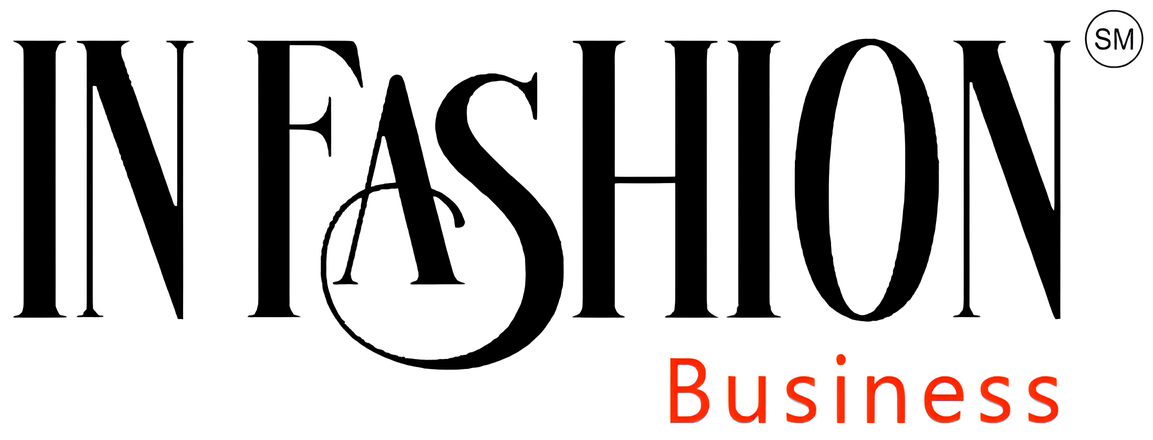SUSTAINABLE FASHION COMMUNICATION GLOBAL
COPENHAGEN
By IFAB MEDIA - NEWS BUREAU - June 30, 2023 | 80 6 minutes read
The United Nations Environment Programme (UNEP) and the UN Climate-Change-convened Fashion Charter today launched the Sustainable Fashion Communication Playbook, a guide for consumer-facing communicators in the global fashion industry to align efforts to sustainability targets, incorporating both environmental and social factors.
The Sustainable Fashion Communication Playbook highlights the importance of shifting fashion communication to enable a sustainable and circular fashion sector, drawing attention to the role of marketers, brand managers, imagemakers, storytellers, media, influencers and beyond. Published jointly by UNEP and UN Climate Change, it shows communicators how to take action through 1) countering misinformation, 2) reducing messages perpetuating overconsumption, 3) redirecting aspiration to more sustainable lifestyles, and 4) empowering consumers to demand greater action from businesses and policymakers. Ultimately it intends to help communicators explore how to assist in decoupling value creation from resource extraction and volume growth, while improving wellbeing.
Unsustainable patterns of consumption and production are contributing directly and significantly to the triple planetary crisis, not to mention social injustices worldwide. The fashion sector is considered responsible, for instance, for between 2 per centand 8 per centof global gas emissions as well as significant pollution, water extraction and biodiversity impacts, including 9 percent of annual microplastic losses to oceans, while consuming 215 trillion litres of water per year.
While addressing production impacts is essential, shifting patterns of excess consumption in core markets is also a priority, which means confronting the dominant linear economic model and its accompanying narrative of newness, immediacy and disposability.
The Sustainable Fashion Communication Playbook acknowledges the power of fashion’s marketing engine, and the significant role it plays in shaping desire, aspiration and levels of consumption. It presents the need to direct such efforts towards sustainable and circular solutions as a creative opportunity. It provides a much needed framework when policies around how to communicate environmental claims increasingly come into force. By leveraging their skills, communicators can be a part of the solution rather than contributors to the problem, and, in doing so, help advance towards the Sustainable Development Goals (SDGs) and the Paris Agreement on climate change.
“The balance between the science of sustainability and reimagining the fashion narrative is where communicators can excel. There is so much power in the stories fashion tells. If the fashion sector is to meet its sustainability targets, we need its enormous marketing engine to redirect its efforts towards sustainable consumption. But there is a notable void for participation in this change from communication stakeholders. The Sustainable Fashion Communication Playbook provides the practical guide that is needed. Importantly, it highlights how there is scope for huge creativity to envision and realise the world we want to live in,” said Daniel Cooney, Director of Communication, UNEP.
Ina Parvanova, Director of Communications and Engagement, UN Climate Change, said “The fashion industry recognises the changes it needs to implement are systemic. Shifting consumer behaviours and confronting the role marketing and storytelling play within this are crucial. The Sustainable Fashion Communication Playbook was developed in consultation with fashion stakeholders looking to effect change at this level. It not only provides a framework for addressing the Fashion Charter’s commitment on communication, but in doing so gives practitioners around the world the means to support the industry’s wider sustainability goals across environmental and social issues.”
The Sustainable Fashion Communication Playbook provides practical guidance, including lists of dos and don’ts for consideration and case studies as examples of best practice.
- Lead with Science: Shows communicators why and how a dedication to scientific evidence and transparency is fundamental to communication change. This is presented as the Playbook’s foundation level for sustainable fashion communication, recognising the importance of translating technical, science-based information into credible and meaningful messaging.
- Change Behaviours and Practices: Moves onto the need for a cultural shift, explaining why eradicating messages of overconsumption is crucial. It also encourages communicators to point consumers towards lower impact and circular solutions instead, such as repair and reuse, helping to normalise sustainable behaviours.
- Reimagine Values: Focuses on the necessity for role models to help portray alternative models of status and success, decoupling identity from newness and recalibrating what is deemed aspirational so as to social proof a sustainable future. It also emphasises how communicators can explore, explain and celebrate the positive ecological, cultural and social values of the fashion sector, bringing in a focus on inclusivity.
- Drive Advocacy: Demonstrates how communicators can empower consumers into their role as citizens to demand greater action from businesses and policymakers alike, holding stakeholders throughout the sector to account.
In doing so, the Sustainable Fashion Communication Playbook recognises that individual behaviour change alone will not suffice and systemic shifts are also required at the business, societal and policy levels. It explores the role of policy – from how communicators can support and encourage policymakers to lead with measures that enable wider industry sustainability, to the exact current and incoming policies that will impact communication work.
Fashion communicators are invited today to adopt and integrate the guidance provided by the Playbook into their practice. To help them do so, UNEP will convene stakeholders focused on sustainable fashion communication in late 2023, providing access in the first instance to a masterclass series launching across regions.









